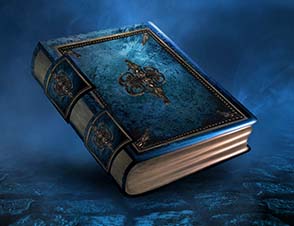Ask the Editor. 11/10/2004
My question pertains to something that Mike Flores wrote in his article concluding the U/W deck challenge. He mentioned that when he playtested his Mono Blue deck vs. your Tooth build he devised some tech that was able to win the matchup for his deck a good amount of time. What was that tech that he would not mention? He said that you would update us.





